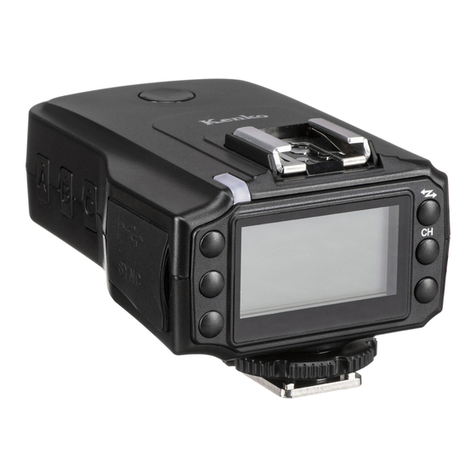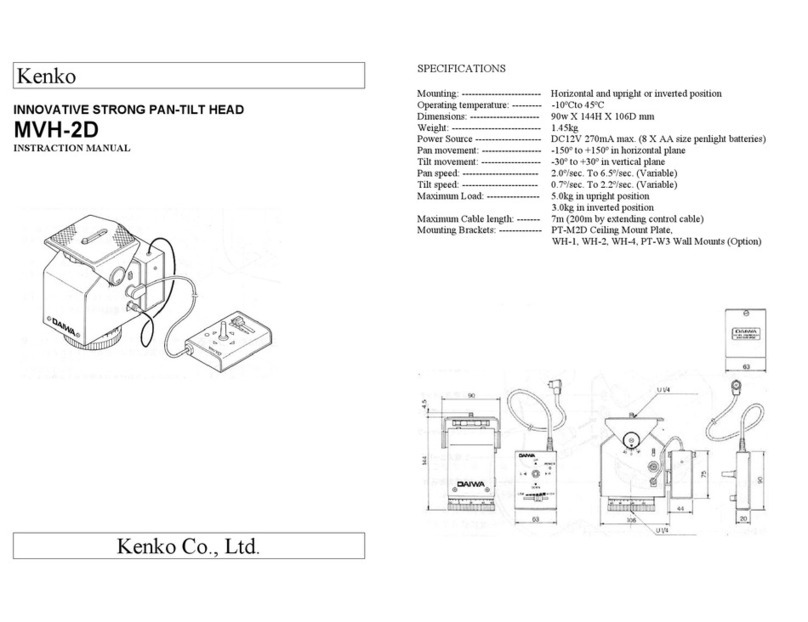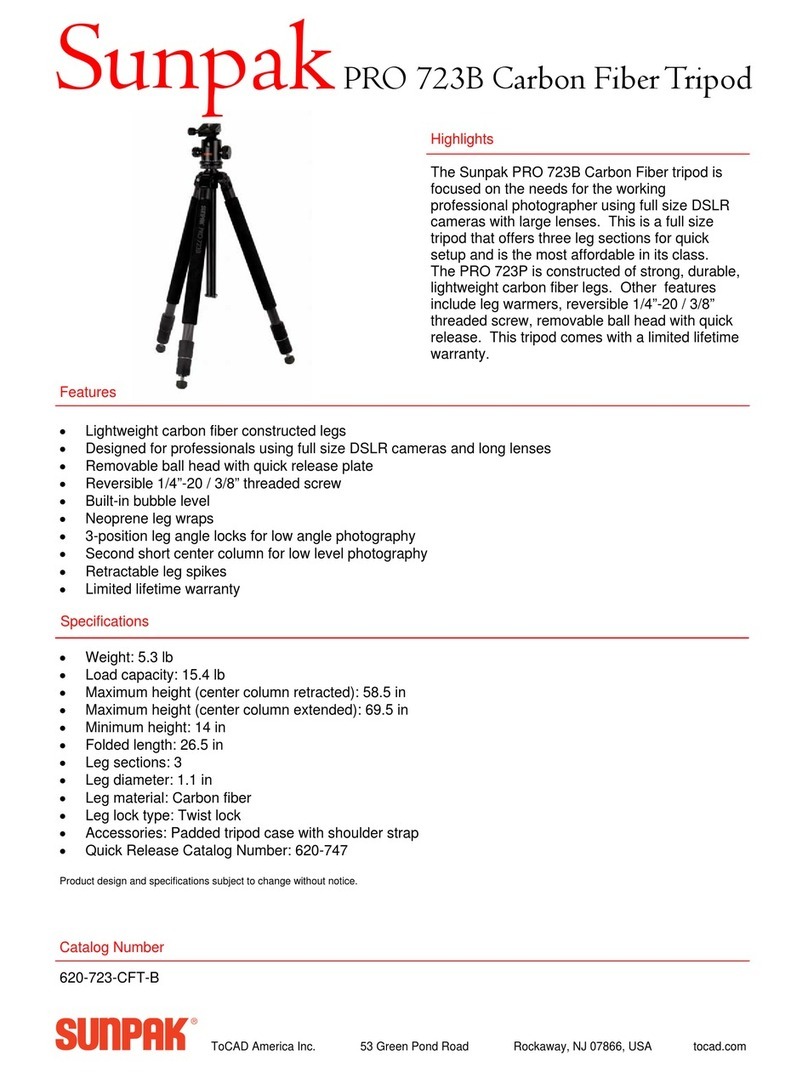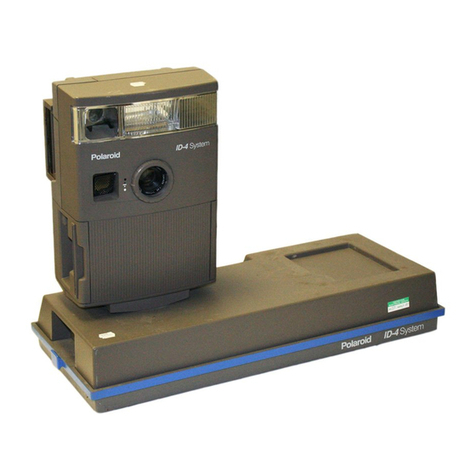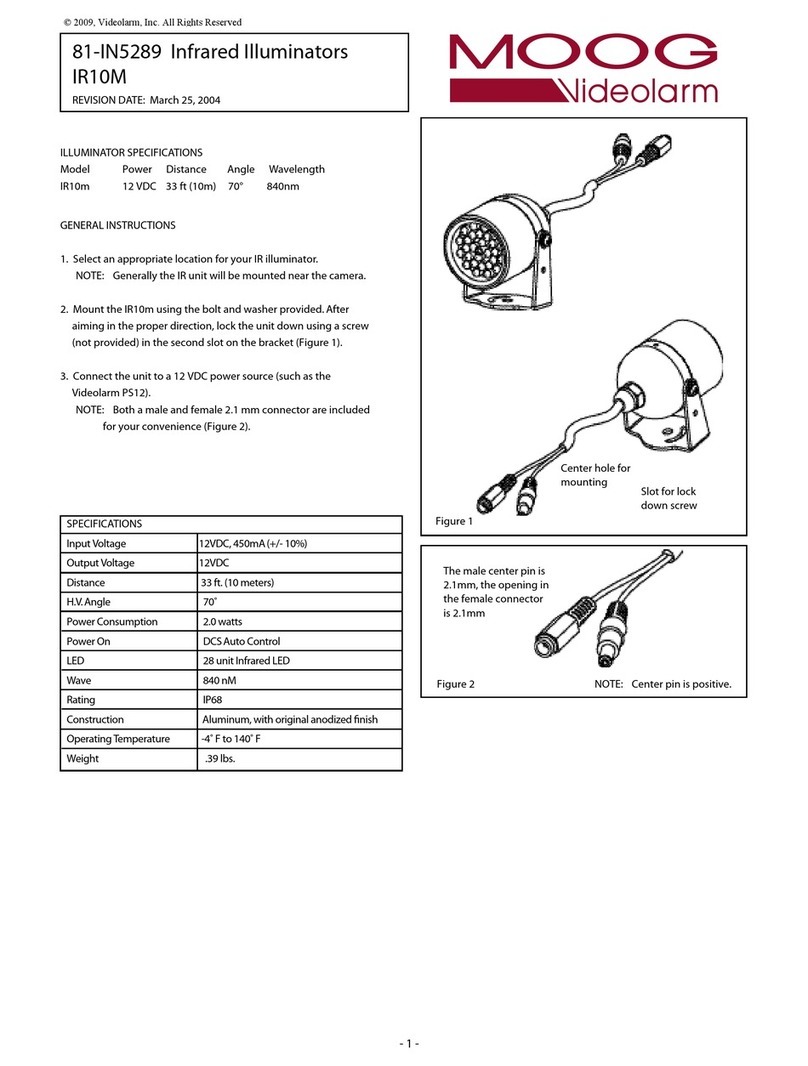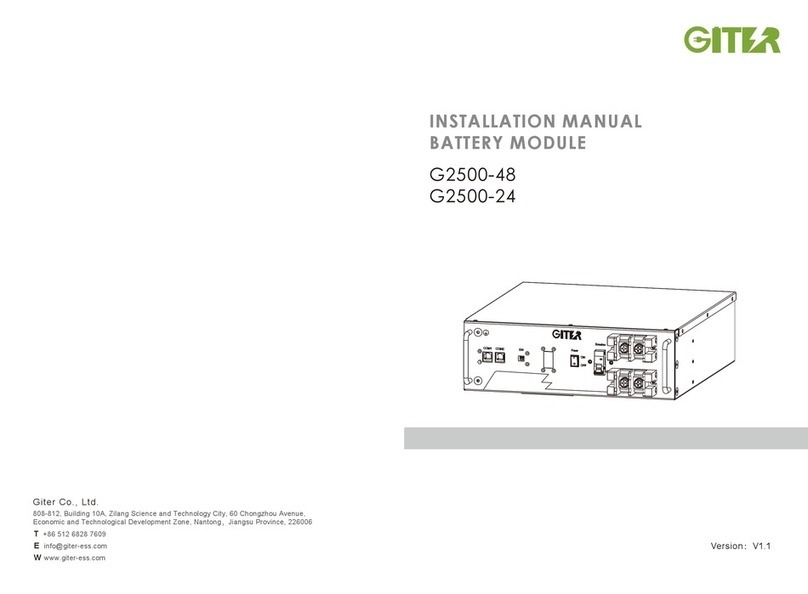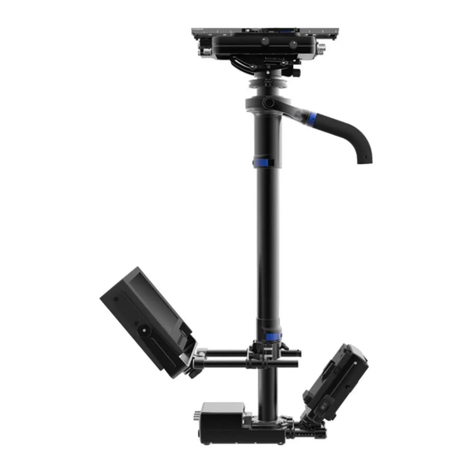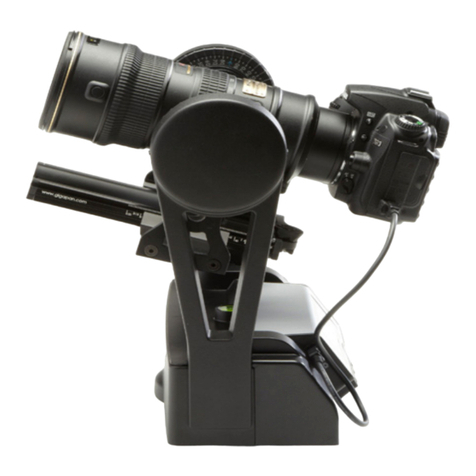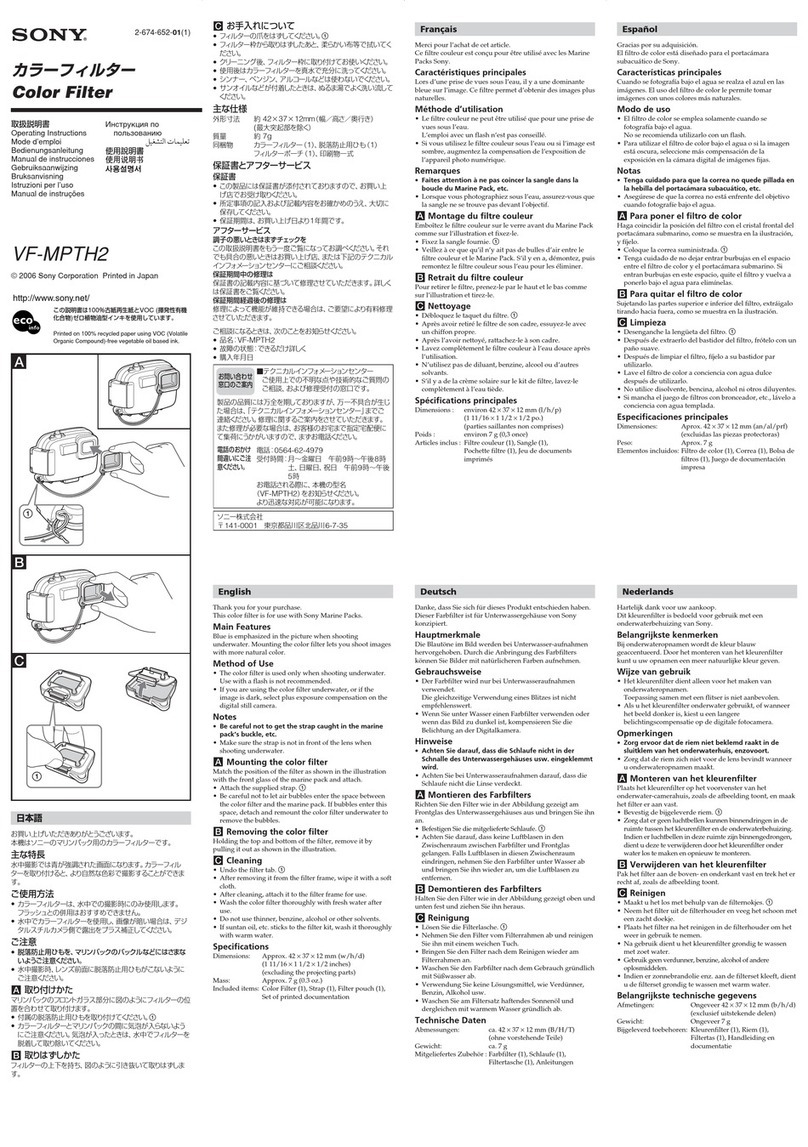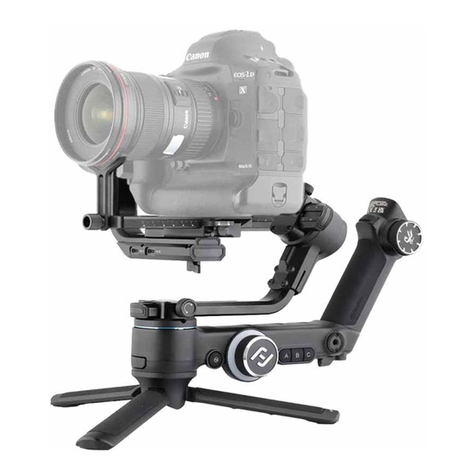Kenko F8 User manual

This is a telephoto lens for a single-lens reflex
camera or interchangeable lens mirrorless digital
camera, adopting reflective optics to achieve a long
focal length within a compact body.
Instruction Manual
3-9-19 Nishi-Ochiai, Shinjuku-ku, Tokyo 161-8570
http://www.kenkoglobal.com

1. Name of Each Part
[Fig. 1 Lens with T-Mount Removed]
[Fig. 1]
10 12 15 20 30 50 100 ftMACRO
3 3.5 4 5 6 8 10 15 30 m1:3.5 1:4 1:4.5
10 12 15 20 30 50 100 ftMACRO
3 3.5 4 5 6 8 10 15 30 m1:3.5 1:4 1:4.5
② ③ ⑤①
④
⑦
⑥
⑧(Inside)
⑨
*The shape of the T-mount varies among the different camera brands.
①Focus ring
②Distance scale (in feet)
③Distance scale (in meters)
④Macro magnification scale
⑤Distance scale indicator mark
⑥T-mount adapter (Sold separately)
⑦T-mount attachment thread
⑧Filter attachment thread (Inside of rear)
⑨Filter attachment thread (Front)

2. Attaching the Lens to the Camera
Align the indicator marks on the T-mount and the camera,
and then turn the lens until you hear a “click.”
(For attachment and removal, refer to “Attaching the Lens”
and “Removing the Lens” in your camera's manual.)
Check the attached lens for any looseness.
CameraT-mount
10 12 15 20 30 50 100 ftMACRO
3 3.5 4 5 6 8 10 15 30 m1:3.5 1:4 1:4.5

3. T-Mount
⑨Outer screw
(three locations)
⑩Outer ring
⑪Inner ring
You must adjust the position of the T-mount to adjust the
position of the lens. Remove the T-mount to attach rear
filters to the lens.
Use the following procedure to adjust the position of the
T-mount or remove the T-mount:
Turn the lens until the distance scale indicator comes to the
top center, and then securely tighten the outer screws ⑨
(three locations) as shown in Fig. 2.
Slightly loosen the outer screws ⑨(three locations) as
shown in Fig. 2.
*Do not loosen the screws too much, because it may cause
the inner ring of the T-mount (⑪in Fig. 2) to come off.
*Use a commercially available precision screwdriver to
loosen the screws.
2
1
Remove the T-mount from the lens by turning the T-mount
counterclockwise while holding the lens with the other hand.
Slightly loosen the outer screws ⑨(three locations) as
shown in Fig. 2.
*Do not loosen the screws too much, because it may cause
the inner ring of the T-mount (⑪in Fig. 2) to come off.
*Use a commercially available precision screwdriver to
loosen the screws.
2
Take the lens off the camera first.
3
1
Note: If the outer
screws ⑨are loos-
ened too much, the
inner ring ⑪may
come off.
If the distance scale indicator mark (⑤in Fig.
1)
doesn't align at the top center of the lens when it is
attached to the camera, make an adjustment with the
following procedure:
Use the following procedure to remove the T-mount
from the lens:
[Fig. 2] ⑨
⑨⑨
⑩
⑪
*The shape of the T-mount varies among
the different camera brands.

Some cameras must be set up to be to use a manual lens
prior to lens attachment. Set up your camera by referring
to the information provided below. For details, refer to
your camera's manual.
4. Setting Up the Camera
As a general guide, the shutter speed should be in a range of
1/500 to 1/1000 on a fine day when the ISO sensitivity is set to
400. If you're using a digital single-lens reflex camera, take your
photos while checking each image on the LCD monitor:
●The image is too dark: Lower the shutter speed.
●The image is too bright: Raise the shutter speed.
Tip
The lens can be used in the “Av (aperture priority)” mode and “M
(manual)” mode.
■How to use the “Av (aperture priority)” mode
1. Set the exposure mode to “Av.”
2. Correct the exposure compensation if necessary.
If this lens is used with a Canon EOS series camera, the following
operations may be required on some models due to the mecha-
nism of the camera:
• When the lens is attached, the aperture is displayed as “00.”:
No action is needed in this regard.
• A value (e.g., F5 or 6) is displayed as an aperture when the lens
is attached:
Open up the aperture (adjust it to the smallest value).
●Canon EOS Series
*This lens can't be used with the EOS-700, 750 and 850
because those cameras have no aperture priority mode (Av) or
manual mode (M).
*If a conversion lens or an extension tube (ring) is attached, the
camera won't operate normally. Do not combine this lens with
the above items.
* The Focus Aid can't be used.
*The aperture can't be adjusted in the aperture priority mode.
*The aperture value isn't displayed under “Exif.”
Set the shooting mode to “M (manual).” On the α77 and certain
other models, the non-lens release lock function must be
canceled.
Menu Setup Menu Change the setting for [Release without
Lens] to [Permit].
*The aperture can't be adjusted in the aperture priority mode.
*The aperture value isn't displayed under “Exif.”
●Sony α
The “M (manual)” mode and “Av (aperture priority)” shooting
mode can be used.
When using the built-in hand-shake correction function, set the
“Lens Focal Length” on the “Focal Length Entry” screen.
*The aperture can't be adjusted in the aperture priority mode.
*The aperture value isn't displayed under “Exif.”
●Pentax
The supported exposure modes are limited depending on the
camera model.
Refer to “List of Supported Non-CPU Lenses” or other similar
sections in your camera's manual.
To use this lens with any camera listed above, set the shooting
mode to “M (manual).” The shutter won't release in any other
mode.
*The shutter speed must be adjusted depending on the condi-
tion in which photographs are taken.
* Set the focus mode to “MF.”
*The aperture can't be adjusted in the aperture priority mode.
*The aperture value isn't displayed under “Exif.”
●Nikon
D100,
D50,
D70,
D70S,
D40,
D40X,
D60,
D80,
D90,
D5000,
D3000,
D3100
The non-lens release lock function must be canceled.
Menu Setup Menu Change the setting for [Release without
Lens] to [Permit].
Any shooting mode can be used, except for those in which
priority is given to the shutter speed. It isn't recommended that
priority be given to the shutter speed (shutter priority mode).
*In the program mode, aperture priority mode or manual mode,
set the ISO sensitivity to AUTO.
Menu Brightness/Color ISO Sensitivity Set to [AUTO].
*The aperture can't be adjusted in the aperture priority mode.
*The aperture value isn't displayed under “Exif.”
●Sony NEX (E-mount)
Any shooting mode can be used, except for those in which the
shutter speed is given priority (shutter priority mode). It isn't
recommended that priority be given to the shutter speed.
* When using the program mode, aperture priority mode or
manual mode, set the ISO sensitivity to AUTO.
Setup Menu Exposure/Light Measurement/ISO Set to
[AUTO].
*The aperture can't be adjusted in the aperture priority mode.
*The aperture value isn't displayed under “Exif.”
●Olympus Micro Four-Thirds
The non-lens release function must be set to [ON].
Setup Menu Release without Lens Set to [ON].
Any shooting mode can be used, except for those giving priority
to the shutter speed (shutter priority mode). It isn't recommended
that priority be given to the shutter speed.
* When using the program mode, aperture priority mode or
manual mode, set the ISO sensitivity to AUTO.
Setup Menu ISO Sensitivity Set to [AUTO].
*The aperture can't be adjusted in the aperture priority mode.
*The aperture value isn't displayed under “Exif.”
●Panasonic Micro Four-Thirds

Brightness
Lens construction
Minimum focus distance
Macro magnification factor
Filter diameter
(diameter of filter at rear of lens)
Maximum diameter
Overall length (excluding T-mount)
Weight (excluding T-mount)
F8 (fixed)
2 groups, 6 lenses
1.15 m
1:2.5
67 mm*
(30.5 mm)
φ74 mm
82mm
340 g
5. Performance Table
*Before attaching a filter to the front of the lens, be sure the filter
won't contact the reflective part (black circle) at the center of the front
surface of the lens.
Specifications and exterior views are subject to change without notice for
the purpose of product improvement.

• This lens is small and light, but it's still a telephoto lens with a
long focal length.
Generally, telephoto lenses are associated with a small angle of
view and higher probability of the images becoming blurry due
to magnifications of every movement of the lens know as
“camera shake”. It's recommended that you set your camera to
high sensitivity and a high shutter speed, or use a stable tripod
or monopod.
●Preventing Blurry Images
6. Taking Photographs
You can prevent blurry images by using a cable release or self-
timer function.
In this case, be sure to use a stable, sturdy tripod. If your
camera has a mirror-up function, use the function to further
reduce the possibility of blurring.
Tip
• When a telephoto lens is used, the magnification factor
increases and therefore dust, water vapor and other matter
suspended in the air will affect the image quality. To capture
sharp images, ideally photographs should be taken on a fine
day with minimum wind following several consecutive fine days,
in a location not subject to exhaust gases, smoke from
chimneys, etc.
●Photographing Conditions with a Telephoto Lens
It is difficult to capture sharp images in mountains and coastal
areas during the summer, because the air contains a consider-
able amount of gas and water vapor. However, your photogra-
phy can be more enjoyable if you'll take advantage of unfavor-
able conditions to create works of your own, such as capturing
the sea through vibrating air or shooting the ridgelines of moun-
tains veiled in haze.
Tip
• This lens isn't linked to the auto focus function, so the focus
must be adjusted manually. To bring the subject into focus,
simply turn the focus ring.
• With a telephoto lens, the depth of field (the range in which the
subject can be brought into focus) becomes shallow (= the
focus range is small), so it's difficult to adjust the focus.
Use a stable tripod or monopod to adjust the focus carefully.
●Adjusting the Focus
Generally, a super-telephoto lens with a range of 300 mm or
more will have some allowance in the position of the infinitely
symbol ∞. This is because the refractive index of light in air
changes as the temperature in the mirror cylinder changes, and
the focus position may shift slightly as a result. Accordingly, be
sure to adjust the focus carefully by checking the image on the
finder screen, even when capturing a distant view, starry sky or
other very distant subject.
Tip
If you're using a digital camera with a live view feature, you can
use the zoom-in function to fine-tune the focus.
Tip
• This lens employs reflective optics, so the aperture is fixed.
Accordingly, the amount of light must be adjusted by changing
the shutter speed. (If you're using a digital camera, you can do
this by changing the ISO sensitivity.) However, a slow shutter
speed tends to cause blurry images, so it's recommended that
you set your camera to high sensitivity and use a high-sensitivity
film (ISO400 or better).
• Auto exposure is possible on nearly any camera that offers an
AE function with aperture priority (except for certain Nikon and
Sony models)(the program AE and shutter priority AE are not
possible). Set the camera without lens to the aperture priority
AE mode, and then try taking photographs in a bright area and
a dark area. If you notice that the shutter speed differs from one
condition to the next, auto exposure is enabled.
●Adjusting the Exposure
This lens has no electrical contacts, so signals aren't exchanged
electrically between the camera and lens. Accordingly, the
camera’s finder display or LCD screen may not come on, but
this doesn't affect the camera or lens function. (It's the same as
taking photographs with an astronomical telescope or field
scope attached to the camera.)
Tip

Attaching the lens
❶Attach the T-mount to the lens and then set the lens on the
T-mount to the camera.
❷Provide a T-mount appropriate for your camera.
[Refer to 3, “T-Mount.” ]
*Multiple types of mounts may be available depending on the camera
brand. For details, contact the camera manufacturer. (Four-Thirds, Micro
Four-Thirds, etc.)
❶The T-mount isn't attached to
the lens.
❷The T-mount doesn't match the
mount on your camera.
The lens can't be attached to
the camera.
❶Securely tighten the outer screws using a commercially
available precision screwdriver.
[Refer to 3, “T-Mount.” ]
❶The outer screws (three
locations) on the T-mount are
loose.
The mount rattles.
❶Loosen the outer screws on the T-mount and turn the lens until
the distance scale indicator mark comes to the top center, and
then tighten the outer screws on the T-mount.
[Refer to 3, “T-Mount.” ]
❶The lens and T-mount aren't
adjusted to proper positions.
The distance scale indicator
mark doesn't come to the top
center.
❶The T-mount has a double-structure. Once the outer screws
(three locations) on the T-mount are loosened and removed,
place the outer ring on the T-mount again and tighten the outer
screws on the T-mount, and then remove the T-mount from the
lens.
[Refer to 3, “T-Mount.” ]
❶The inner ring of the T-mount
remains on the lens.
Other mount can't be
attached.
7. Troubleshooting
Condition Remedial action
Taking photographs
❶, ❷Set the necessary items beforehand by referring to 4,
“Setting Up the Camera,” and your camera's manual.
❸Set the camera’s focus mode to “MF” (manual focus).
❶The shooting mode doesn't
support the attached lens.
❷The camera isn't set correctly,
or the camera is set to disable
the shutter release when a lens
without electrical contacts is
used.
❸The camera’s focus mode is
set to “AF” (auto focus). In the
AF mode the camera may not
be able to detect the focus
position of this lens, in which
case the shutter doesn't
release.
The shutter doesn't release.
❶Neither the camera nor the lens function is affected.
❶This lens has no electrical
contacts, so it doesn't send or
receive electrical signals
to/from the camera.
The camera’s finder display or
LCD screen doesn't come on.
❶Turn the focus ring and manually adjust the focus.
[Refer to 6, “Taking Photographs.” ]
❶This lens is a manual focus
lens.
Auto focus doesn't work.
❶Firmly secure the camera when taking photographs.
*The use of a tripod or monopod is recommended.
❷Increase the distance from the subject.
❸Take photographs in a place having less airborne dust, water
vapor, exhaust gases, etc.
❹Wipe clean the lens using a soft cloth.
[Refer to 6, “Taking Photographs.” ]
❶The hand shakes when
photographs are taken.
❷The distance to the subject is
too close.
❸Effects of dust and water vapor
in the air.
❹The lens is dirty.
Images become blurry.
❶Adjust the exposure by changing the shutter speed.
[Refer to 6, “Taking Photographs.” ]
❶This lens has a fixed aperture.
The aperture can't be
adjusted.
This lens is a mono-focal lens.The camera doesn't zoom in.
Condition Remedial action
Cause
Other
❶Check your camera for the type of mount, and consult the
dealer/retail shop where you purchased your lens.
❶You can attach various
T-mounts sold separately.
I want to use my lens with a
camera of a different type of
mount (a camera from a
different manufacturer).
❶When attaching a filter in front of the lens, first confirm that the
filter won't contact the center of the front surface of the lens.
❶[Refer to 1, “Name of Each
Part.”]
A filter can be attached to the
filter attachment thread ⑧or ⑨
as shown in the Fig. 1.
I want to attach a filter.
❶Do not remove the black object. It's okay to take a photograph
as is.
❶This is the part of the lens
structure that is used to reflect
images.
What appears to be a black
cap at the center of the object
lens (lens on the subject side)
doesn't come off.
❶On cameras with aperture priority mode, this problem can be
compensated to some extent by correcting the exposure. On
models that only have the “M (manual)” mode, the lens is linked
neither to the AE function nor to the exposure meter in the
camera.
When using such a camera, refer to the instruction manual for
information on the appropriate shutter speed.
❶The exposure is significantly
off.
Photographs are all white or
all black.
Condition Remedial actionCause
Cause
Table of contents
Other Kenko Camera Accessories manuals
